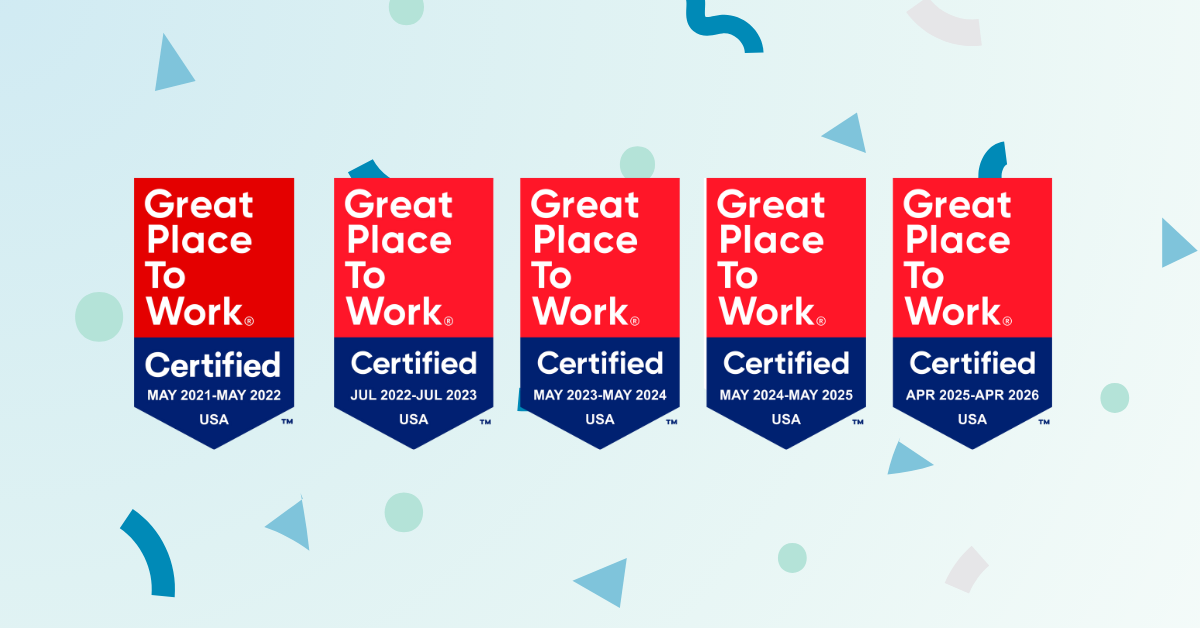If you’re considering how to get into big law from a small firm — or the other way around — you need to seriously consider the pros and cons of both before making a big change.
One of the most difficult points in a legal career is the transition between firms of vastly different sizes. This is due to the many differences between large and small firms in terms of work culture, clients, career prospects, and much more.
In making this transition, an attorney needs to examine several factors. What is the attorney looking for with this change?
When and how should they make the transition? What about the post-transition period? And how can technology help a lawyer with this shift?
What to look for in large and small law firms
While it is inaccurate to overly generalize about large and small firms, there are some distinctions between the two that tend to hold true.
Attorneys working in large and small law firms experience notable differences in various aspects, including work culture, responsibilities, client interaction, and career trajectory.
Work Culture
- Large firms: Typically have a more formal and structured work environment. Hierarchies are more defined, and there may be specialized departments.
- Small firms: Tend to have a more intimate and informal atmosphere. Collaboration across the entire firm is often emphasized, and attorneys may work closely with colleagues across practice areas.
Responsibilities
- Large firms: Attorneys often specialize in specific practice areas, leading to a narrow focus on particular aspects of the law; tasks can be highly specialized and typically involve working on larger, complex cases.
- Small firms: Attorneys often handle a broader range of responsibilities, wearing multiple hats. There’s a greater chance of working on diverse cases, offering exposure to different areas of law.
Client interaction
- Large firms: Client interaction may be more limited for junior attorneys. Senior attorneys often manage client relationships, and communication may be more formal.
- Small firms: Attorneys frequently have direct client interaction from the early stages. Relationship-building is crucial, and communication tends to be more personal and hands-on.
Career advancement
- Large firms: Promotion often involves climbing a well-defined hierarchy — advancement may be based on billable hours, client development, and seniority.
- Small firms: Advancement may be less structured. Success is often tied to individual contributions, client retention, and the overall growth and success of the firm.
Work-life balance
- Large firms: Can be demanding, with long hours and high billable hour expectations. Work-life balance can be challenging, especially for junior associates.
- Small firms: May offer a better work-life balance with more flexibility. Of course, however, this can vary based on the firm’s size, workload, and individual expectations, so it’s best to assess this during the application process to see if it suits you.
Resources and support
- Large firms: Typically have more extensive resources, including support staff, technology, and research tools. Specialized departments may handle administrative tasks.
- Small firms: Have fewer resources, and attorneys may be involved in administrative tasks. However, this can lead to a more hands-on understanding of the business side of legal practice.
Taking these key differences into account is essential for attorneys when considering moving between firms. Carefully consider your career goals, work preferences, and the type of legal practice that aligns with your values.
While large firms offer prestige and specialized work, small firms provide a more dynamic and personalized experience — attorneys often choose based on their individual career aspirations, lifestyle preferences, and the kind of legal practice they find most fulfilling.
How to get into big law firms
It probably won’t come as much of a surprise that to enter big law, you should start by obtaining a Juris Doctor from a reputable law school, preferably top-tier, and maintain a high GPA.
Excel academically to achieve a strong class rank, consider joining a law review for added distinction, secure internships with large firms, and pursue clerkships for valuable experience. Network actively, attend industry events, and leverage your law school’s alumni network.
Develop impeccable legal writing and research skills, as these are highly valued in big law firms. Tailor your application materials to each firm, demonstrating a genuine interest in their practice areas.
Gain experience in relevant fields like corporate law or litigation and build a professional online presence, particularly on platforms like LinkedIn.
Prepare for interviews by practicing common questions and showcasing your achievements and enthusiasm. Stay informed about industry trends and legal developments, showcasing your commitment to the field.
Remember, competition for positions in big law firms is intense. Be persistent, patient, and proactive in your job search. Tailor your application materials to each firm, showcasing your unique strengths, and be prepared to demonstrate how you can contribute to the success of the firm.
Pros and cons of large firms
First, the main draw of large firms — they tend to offer higher compensation than small firms. With large institutional clients sending in large amounts of work for high billable rates, Big Law can afford to offer higher attorney pay.
Large firms also offer more resources in terms of support staff, technology, and other attorneys to share workloads and responsibilities. There will likely be a team of paralegals or secretaries to perform any administrative or support work. And with multiple attorneys working on many cases, it is less likely that any single attorney will be left to “go it alone” on a difficult matter.
The work of large firms is often more sophisticated as well. For complex and high-value litigation matters or transactions, many clients will seek out the greater resources and perceived expertise of a bigger firm.
What about small firms?
Small firms tend to have less hierarchy and structure than large firms, which can cut both ways for attorneys. Younger attorneys are going to generally receive more “hands-on” experience — more depositions, client meetings, and trial experience, and less document review.
Some attorneys will thrive in this environment, but there is greater potential for major mistakes.
Small firms may also offer better opportunities for attorneys to build their own books of business and establish a positive reputation in the legal community.
A large-firm attorney may have difficulty pursuing client development since many of the partners already have established clients and simply need attorneys to do the work.
And small-firm lawyers are more likely to have direct contact with the existing partners than in Big Law, providing the chance to form better professional relationships.
When to make the transition from large to small or vice versa
The timing of the transition is another difficulty. For the small-to-large transition, the timing will often simply be a matter of opportunity.
Landing positions at large firms is generally more difficult, so for attorneys determined to make this transition they may simply need to jump on the chance when it arises.
But what about the other side of the equation? A Big Law attorney with a client base willing to move firms with them may be presented with an attractive proposition from a smaller firm. Another possibility is a partner the attorney works with, making the move to a smaller firm.
Often, these partners take both clients and attorneys with them.
An attorney making the large-to-small shift should also consider whether they want to return to Big Law in the future. Big Law attorneys tend to operate as an exclusive club based on impressive academic resumes and the assumption you will work consistently long hours.
When an attorney leaves the Big Law club, there is some tendency for bias against them when they seek to return.
Best practices for the transition and post-transition periods
In seeking to make the transition, both large-firm and small-firm attorneys need to decide how they will handle their job search. Will you keep the job search confidential or not?
If the lawyer publicizes their intentions, there are many potential negative consequences. These include being asked to leave before you are ready, being given less desirable work assignments, or encountering unwanted pressure to stay.
Nonetheless, there could be some advantages to not hiding your job search. This may enhance the likelihood of leaving the firm on good terms.
The attorney may be able to enlist the help of colleagues with information or contacts. And keeping a job search confidential carries its own set of stressors. It may be unpleasant to maintain deceptions, and there is always a possibility of the firm discovering your intentions.
Once at the new firm, the attorney needs to keep their long-term goals in mind. If the former Big Law attorney thinks he might want to return to Big Law, he should consider developing a portable book of business and working in a niche area where large firms may need help.
Conversely, a former small-firm attorney may want the option of returning to a small firm, so they will need to maintain their areas of expertise and client relations.
Using technology to scale up or down in your legal career
Over the course of a career, many attorneys will need to scale “up” or “down” in terms of the size of the firm where they work. Mastery of legal technology can make these transitions simpler.
Small firms are increasingly needing the same tech capacity as larger firms in order to handle time-consuming administrative tasks such as court filings and document management.
In fact, smaller firms can often benefit from tech tools even more than large firms. With limited staff and resources, the ability to automate workflows and streamline processes can be critical. Large firms, on the other hand, may have tech tools already in place, and newly arrived attorneys should become familiar with them.
No matter what the reason is for your move, keep these factors in mind. While there are risks associated with any shift, the opportunities for career advancement and personal fulfillment may outweigh them.








